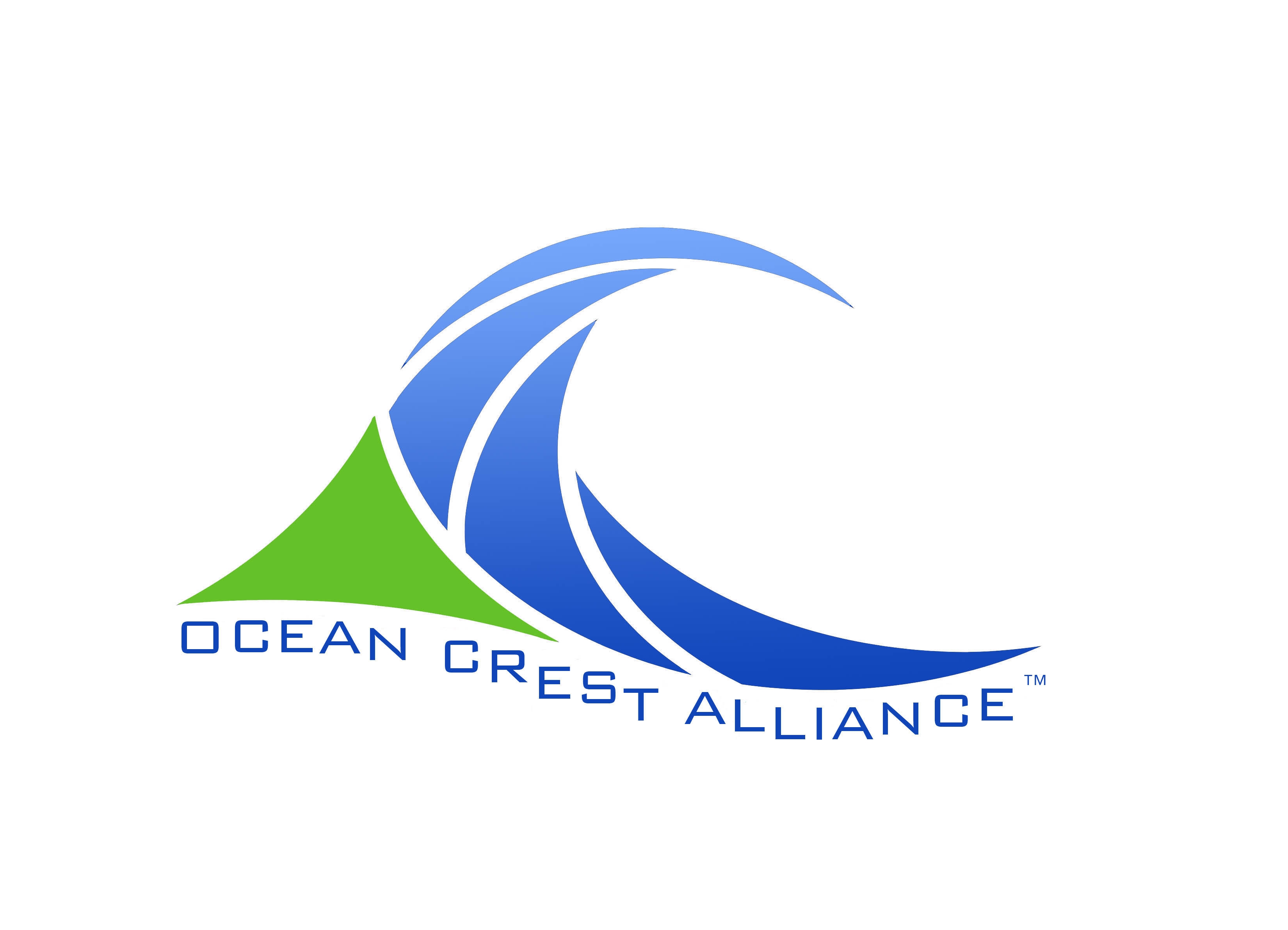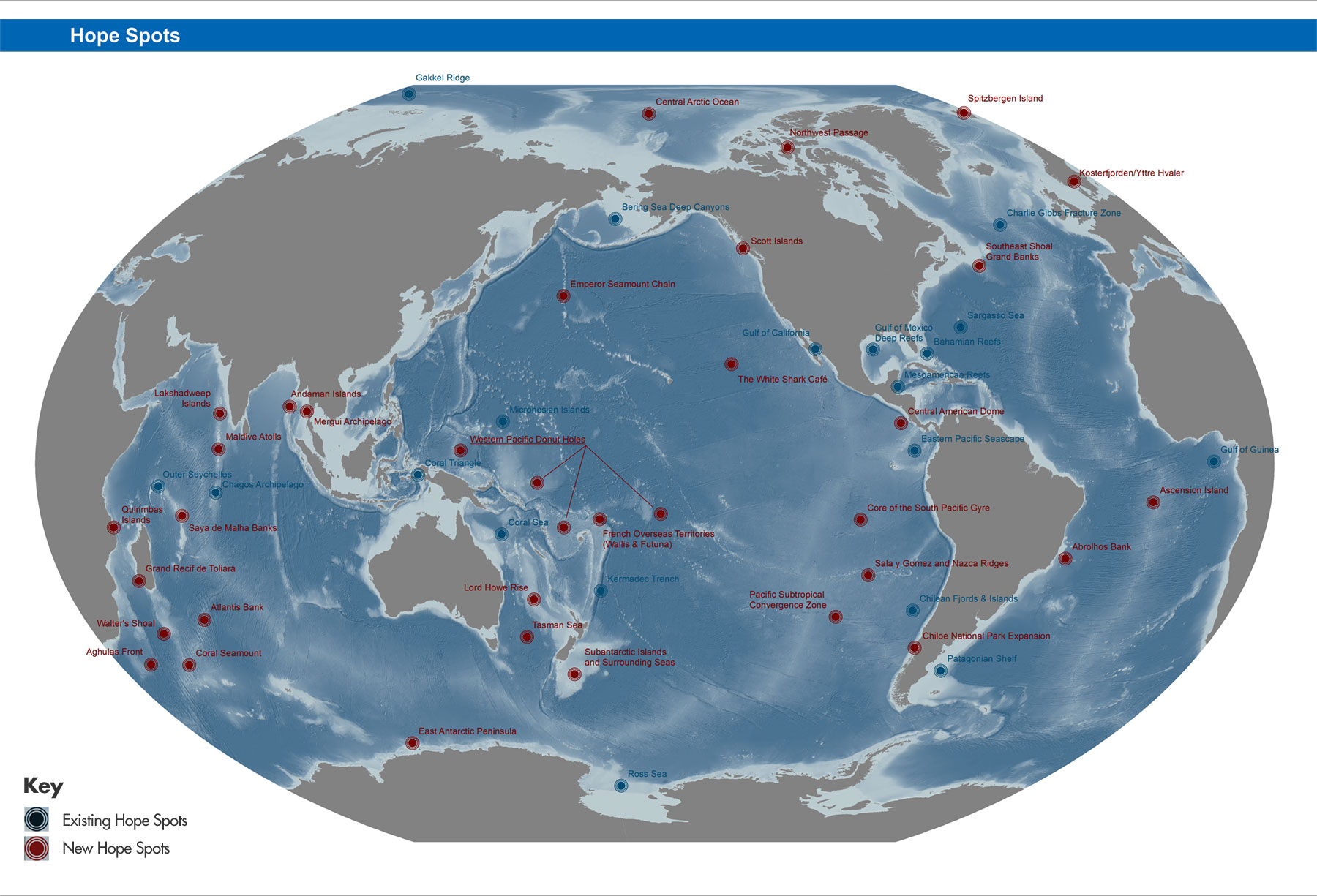*Hope Spots http://mission-blue.org/hope-spots-new/
What is a Marine Protected Area?
There are numerous definitions and ideas for what constitutes a Marine Protected Area. As defined by the IUCN, “a ‘protected area’ is ‘a clearly defined geographical space, recognized, dedicated and managed, through legal or other effective means, to achieve the long-term conservation of nature with associated ecosystem services and cultural values’.” This definition, used in establishing the World Database on Protected Areas, provides flexibility to governments to define activities and levels of activity that are permissible to achieve long-term conservation. However, it also leads to a large over-estimate of areas that are ‘protected’ based on other MPA definitions that restrict damaging activities such as fishing, oil and gas development and extraction, as well as other activities. MPAtlas is designed to better reflect the actual protection level intended through designation of MPAs.
Many MPAs provide partial protections for marine life (single or a few protected species, gear restrictions, seasonal closures, catch limits, etc.). Other MPAs are multiple-use areas, where a variety of uses are allowed. For example, there are many different kinds of MPAs in US waters including national parks, wildlife refuges, monuments and marine sanctuaries, fisheries closures, critical habitat, habitat areas of particular concern, state parks, conservation areas, estuarine reserves and preserves, and numerous others. While a few sites exist as no-take marine reserves, the vast majority of MPAs, both in terms of numbers and area, are open for fishing, diving, boating, and other recreational and commercial uses.
Currently about 1.6% of the world’s oceans are in MPAs; far less than on land (roughly 12%). Many marine ecosystems are currently not protected and others are vastly underrepresented in existing MPAs
Marine Reserves
Marine reserves are ocean areas that are fully protected from activities that remove animals or plants or alter habitats, except as needed for scientific monitoring. Most marine reserves are established with the goal of increasing the abundance and diversity of marine life inside the reserve. Scientific research shows that marine reserves consistently accomplish this goal. In contrast to many areas categorized as marine protected areas that allow a number of human activities, marine reserves set a higher standard and provide a greater level of protection. Marine reserves are also often termed “no-take” areas. Of the 6,000+ MPAs worldwide only a small fraction are in areas designated as no-take marine reserves. The vast majority of the ocean area that is in no-take MPAs exists in a few very large areas that are far from coasts and not necessarily representative of the oceans’ biodiversity.
Very Large Marine Reserves
There is accelerating momentum and opportunity for designating very large marine protected areas. A very large percentage of MPAs are tiny, nearly 50% are smaller than 10 sq km. Both small and large MPAs can export adults or larvae and be useful for fisheries by supplementing populations in surrounding areas, but MPAs are less useful for biodiversity if the animals they export suffer significant fishing mortality. MPAs that can reduce mortality and protect critical life history phases where they occur are much more effective for species that can complete their life cycles within MPAs.
Between 1975 and 2006, the largest MPA was Australia’s 345,400 sq km Great Barrier Reef Marine Park. Designed as a zoned mosaic, it was not a no-take MPA; only 5% of its area was no-take reserves by the mid-‘80s. By 2004, it was clear that this level of protection was not nearly enough, so much more of the Park (33%) was designated as no-take areas. Today several more very large Marine Protected Areas have been designated including the Chagos Marine Protected Area in the Indian Ocean, now the worlds largest at 640,000 sq km (see Table). Research suggests large MPAs are much more cost-effective to implement and manage (McCrea-Stroub et al 2010), and in general larger areas will provide better protection from activities that occur outside the MPA. Despite this small and well managed MPAs can achieve conservation benefits. A growing number of large MPAs cover the oceans of many countries and the high seas protecting diverse pelagic ecosystems, offshore seamounts and ocean trenches.” [1]
For a comprehensive list of the worlds MPA’s go to www.mpatlas.org
[1]Waitt Foundation MPAtlas Global Download form the internet October 5th, 2012 – MPApediahttp://www.mpatlas.org/learn/mpapedia/Main_Page

